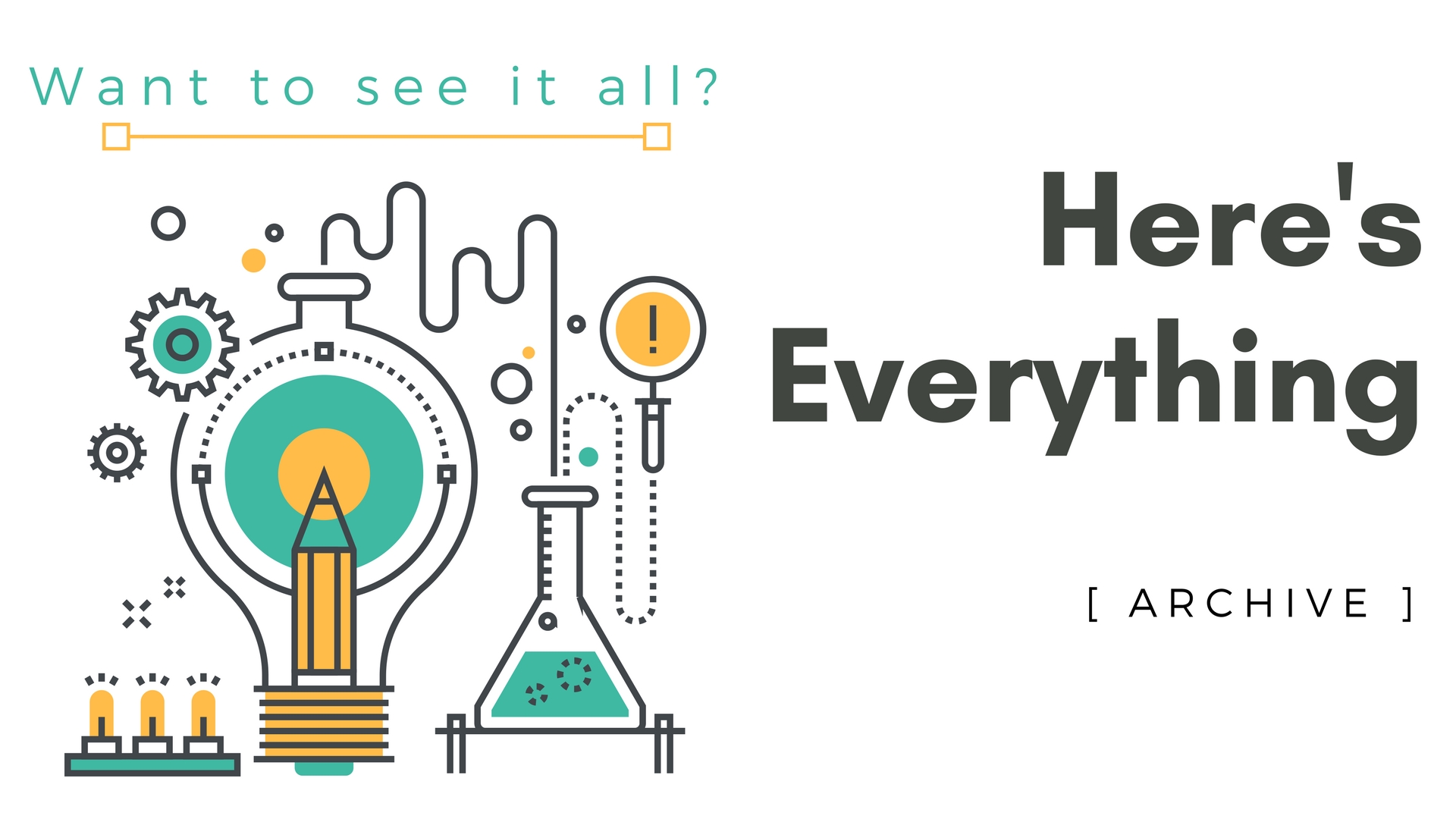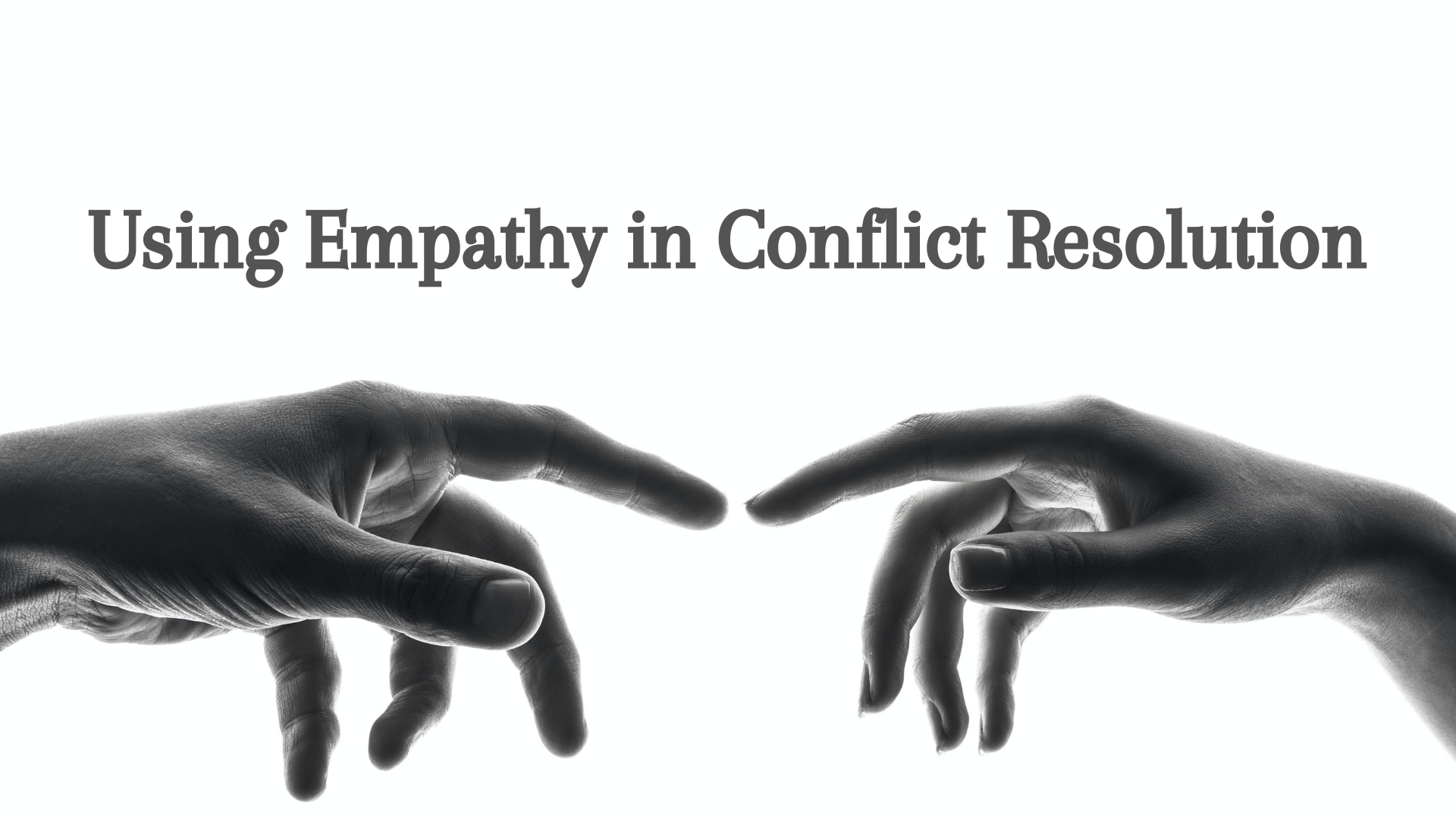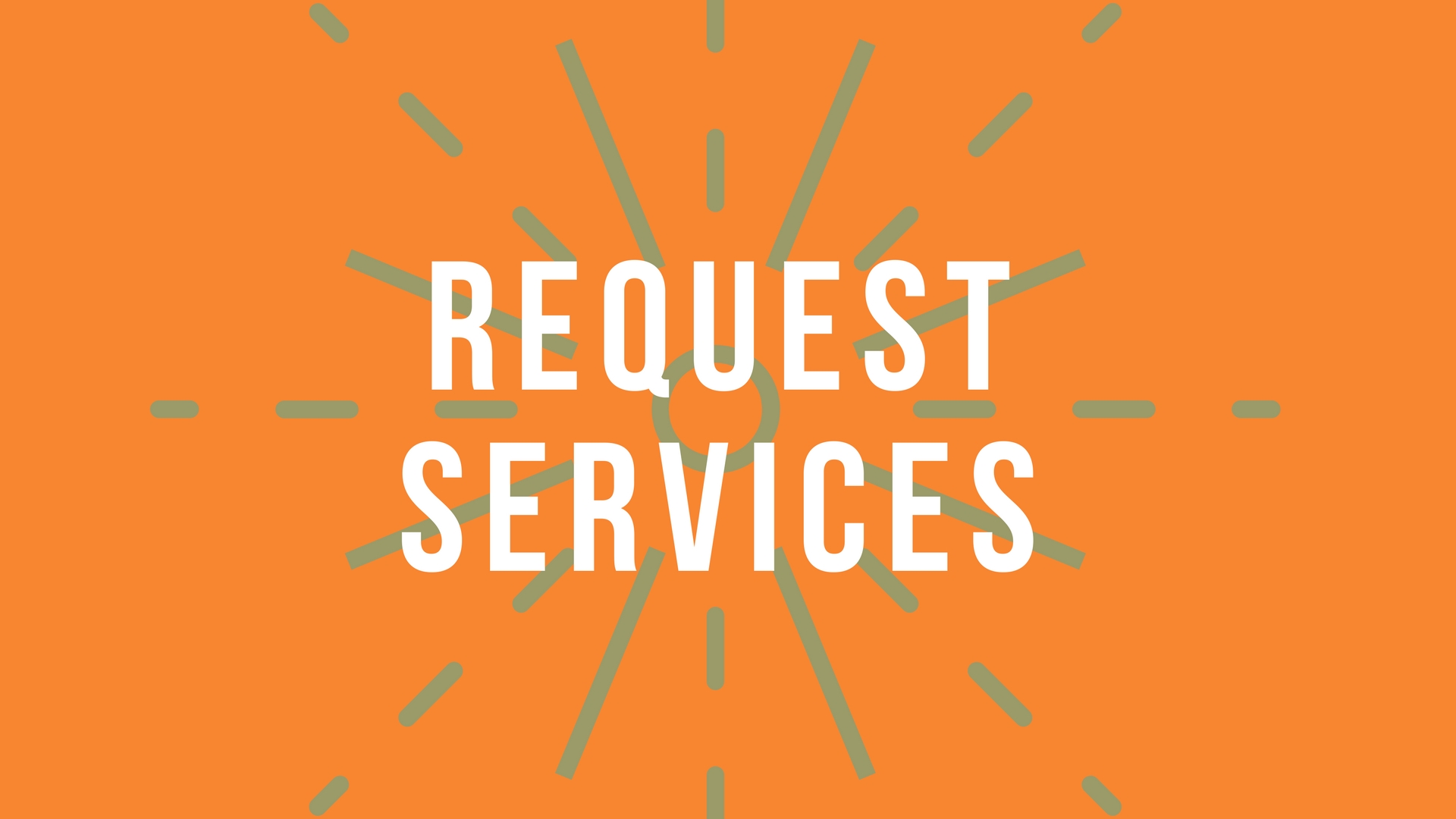[How We Change] - The Practical Stages of Change
/Change is hard and it happens slowly.
So how do we do it?
There is actually a theory for how change tangibly happens for you - it is called Transtheoretical Stages of Change and it puts into perspective the process you go through when you make a change.
Now, I’m going with the assumption that everyone is addicted to something, some more obvious than others, but this whole process begins with you thinking of an addiction (or call it a “problem” / something that would make you healthier). Obvious ones that our culture recognizes are substance addictions, but technology, food, habits in interacting with others, habits in interacting with yourself, routines - there is something that is engrained in your life that could either be improved, eliminated, or altered in some way.
So you start by naming the thing.
What you just did was the first step in Transtheoretical Change. It's called:
Pre-Contemplation.
Something happens that allows you to see or feel a potential problem or improvement.
Now, once you have allowed the thing to surface, you move to the next stage:
Contemplation
Contemplation takes that recognition and begins to acknowledge benefits of the change. Maybe you think to yourself, “Every time I sit on my couch while my children are playing, I always take out my phone, unconsciously open Facebook, and begin mindlessly scrolling.” You move from, “I use my phone a lot,” to, “My phone usage might be a problem.”
At this point, you still see your use of your phone as something dear to you. Change seems daunting and making the change would mean “giving up” something that feels inherent to your lifestyle. In other words, though you see the potential benefits, you initial reaction is resistance.
This is why change usually stops at contemplation.
It is easier to maintain what has become normal (even if getting to that normal was a long, grueling process of picking up your phone every day for years and getting so used to the dopamine hits that you can’t imagine life without it), than to make yourself uncomfortable. Change will cost you something. It will be hard because it breaks away from the homeostasis state you developed. Change, even positive change, is scary - you are venturing into unfamiliar territory. It is the fear of the unknown.
You might agree racism is destructive, but developing a relationship with someone you see as “other” requires something more.
You might agree that alcohol addiction is ruining your relationships and your ability to interact healthily with the people around you, but the thought of not taking a drink again seems harder than being sober.
You might agree that if your country is surrounded by countries that drive on the right side of the road and the automobile industry predominantly makes cars to drive on the right side of the road, but your country drives on the left - so there would be benefits to change, but the enormity of the task usually prohibits further movement than contemplating it.
And this one actually happened in Sweden in 1967. The administration said, “It only makes sense for us to change our transportation infrastructure,” and public opinion seemed to agree…until they actually started planning it. The change seemed so overwhelming, it was so strange and unfamiliar that it would cost everyone what had become normal and, suddenly, everyone thought it was a bad idea.
Potential benefits are outweighed by resistance.
Sweden did make the change - and how they followed through with the largest transportation overhaul in history can inform us on an inherent reality to making changes.
Small steps.
Or in Transtheoretical language:
“Preparation”
[We covered another dynamic of this in Post #4 - "[How We Change] - Three Possibilities, But Usually One"]
Sweden's administration didn’t just sweep in and overhaul everything all at once. They advertised. They would do a Public Service Announcement with special deals on products or make billboards with scantily clad humans. They even held a competition for the best song to help promote the switch from the left side of the road to the right…the winning song titled, “Stick to the Right, Svensson,” (which played on a Swedish idiom of “sticking to the right” as being faithful to your spouse. Very clever!). They slowly installed new traffic lights and built public transportation stops on the other side of the road even while the left-side routes were still being used.
Small, incremental steps that make the larger change seem more possible.
What happens in small changes is that now, doing the old thing would be harder than the new. It subconsciously builds commitment so that turning back would cost you more than going forward. Not using all of those newly built transportation devices would be a waste of money so public opinion is likely to begin shifting.
So when you announce your change or put yourself around people that have adopted the lifestyle or put an electric shock on your phone that zaps you when you pick it up while on your couch with your children…change becomes more desirable than staying where you are.
At this point, you have now moved from the “Preparation” stage to the next stage:
“Action”
Now, the theorists claim that change will only be successful if predicated by the previous steps. If you start with action and you haven’t recognized the problem or seen potential benefits or made staying the same harder than the change…it will almost certainly fail. Resistance will surface and, when it does, you won’t have built the infrastructure to stay committed.
This is also why doing the “Action” stage involves having support - which is necessary to build in the process when you begin with small steps - and having rewards for success. It keeps the action going. When every fiber in your being rebels and you want to go back because it just seems easier - your process has created infrastructure to maintain the action.
Hence, stage number four:
“Maintenance”
Unfortunately, this is the last stage, but it is also the longest…this stage never actually ends. Addicts experience this as the potential of relapse and while you can learn to control relapse by learning what your triggers are, there will always be the temptation to return to the world you knew. Your new world may become more and more normal, but unless you develop coping strategies and maintain your support you can, in one immediate instance, return back…and have to start the entire process over again.
Here's the stages:
NUMBER 1 + 2:
Take the thing you have “Pre-Contemplated” and start seeing benefits. AA calls this taking a “moral inventory”.
NUMBER 3:
Then take small steps. Develop tiny habits. Engage in “Preparation” for becoming different - which can be anything from not drinking one day to giving yourself 10 minutes on your phone to confiding in a person or group about what you are committing to.
NUMBER 4:
Then take “Action”. Make the change and found it on what you have walked through thus far. Use your support. Add more and more days in between drinks. Get down to 0 minutes on your phone and commit to leaving it in the other room and have built in rewards to celebrate successes.
NUMBER 5:
Now you only need to maintain. Acknowledge temptation and develop strategies for coping. Feed the new behavior with those embedded rewards and work around your triggers.
That, my friends, is how we will change.
WHILE YOU'RE AT IT - HERE'S SOME OTHER OPTIONS:
This is Post #5 in the series "How We Change" - read the rest by clicking the first image below.














![Three Reasons We're Lonely - [And Three Responses For Being Less So]](https://images.squarespace-cdn.com/content/v1/5963d280893fc02db1b9a659/1651234022075-7WEKZ2LGDVCR7IM74KE2/Loneliness+3+update+%283%29.png)





























